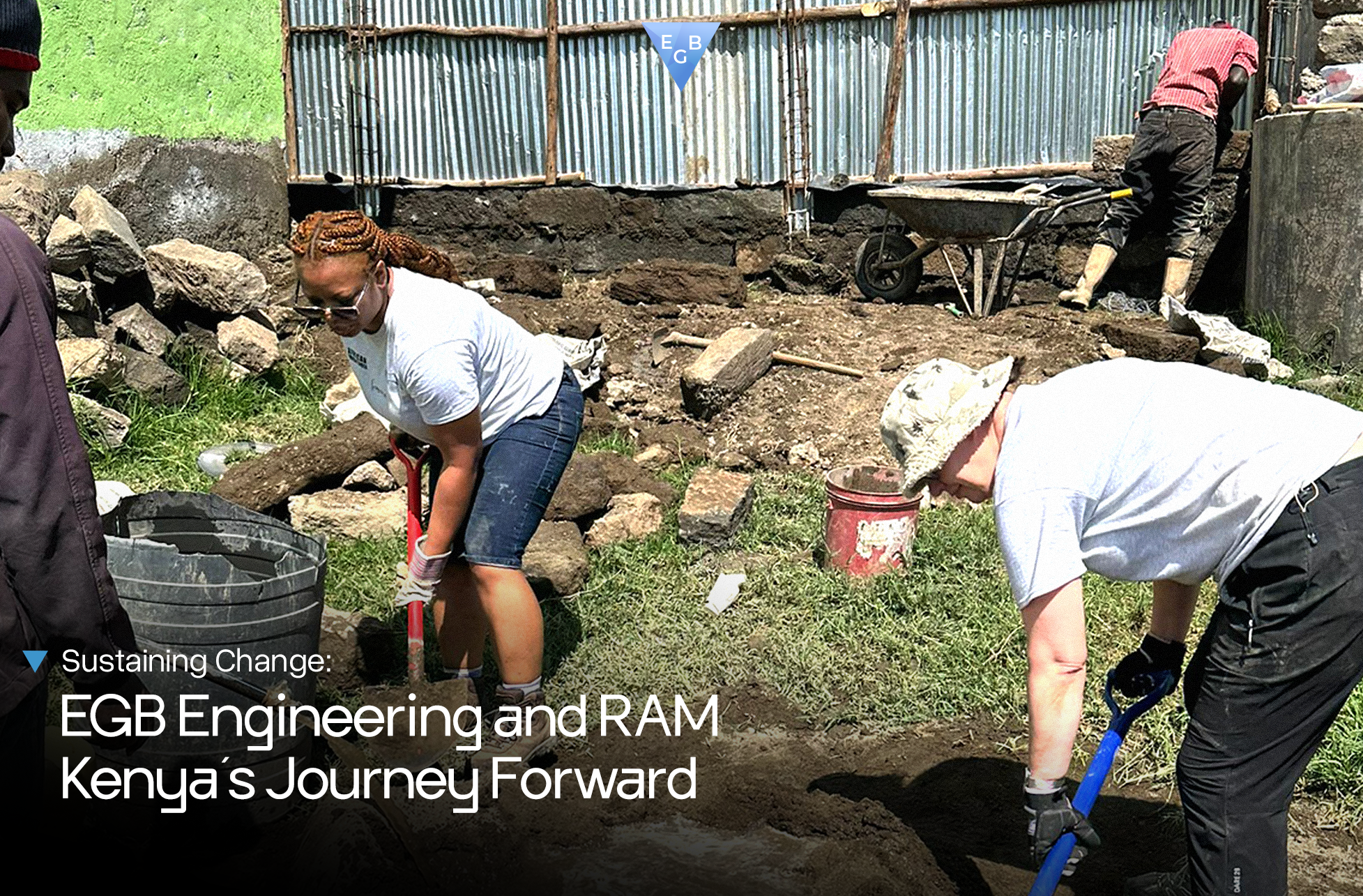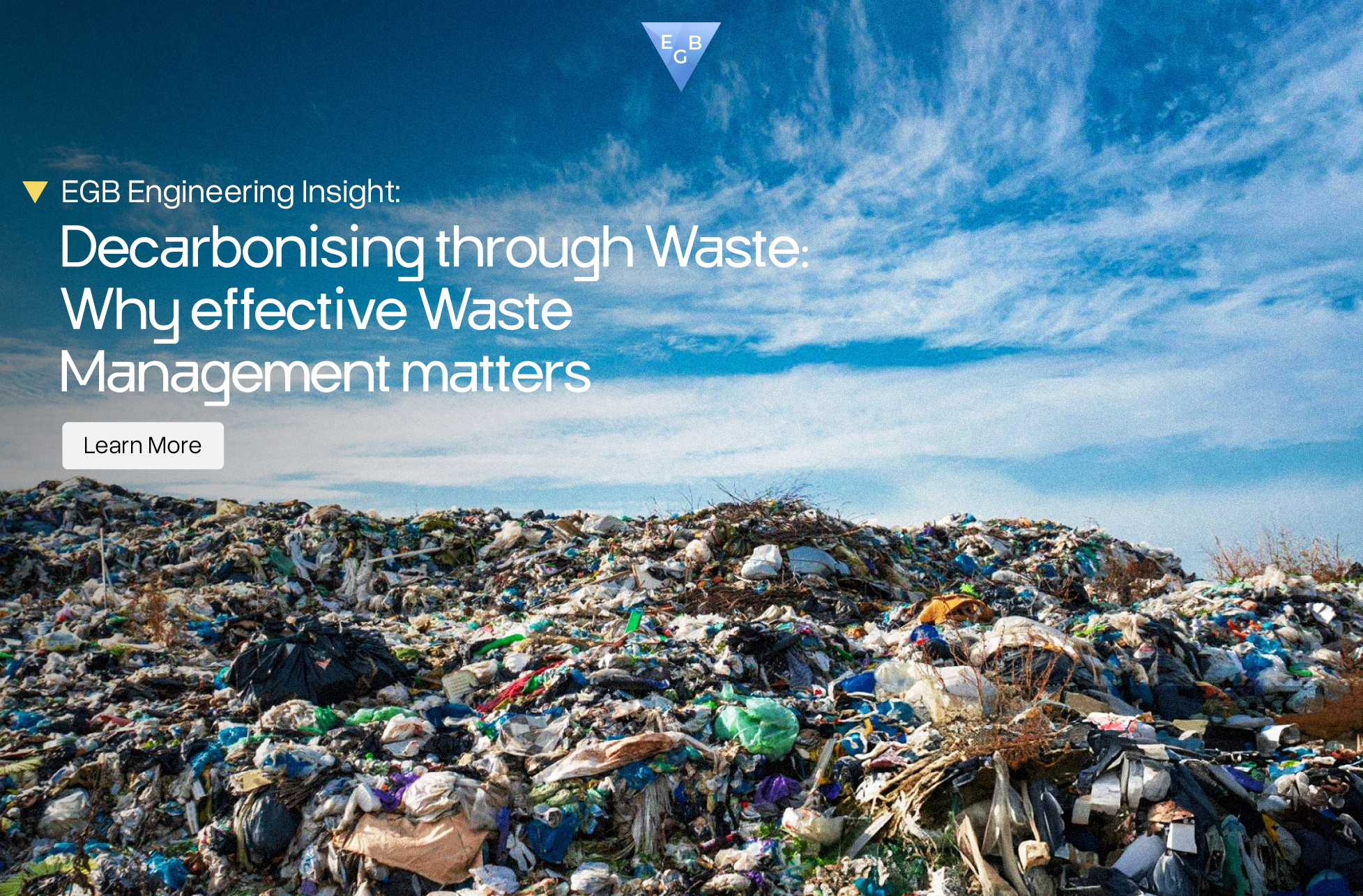International Day Of Women And Girls In Science 2022
In 2015, the United Nations General Assembly declared the 11th of February as the International Day of Women and Girls in Science. The day wants to promote gender equality and women’s empowerment and ensure that women and girls have full and equal access and participation in science.
At all levels of science, technology, engineering, and mathematics (STEM) disciplines globally, a significant gender gap has persisted over time. Women have made great strides in increasing their participation in higher education, but they remain underrepresented in these fields.
Both science and gender equality are critical for achieving internationally agreed development goals, such as the 2030 Agenda for Sustainable Development. Over the last few decades, the international community has worked hard to inspire and engage women and girls in science. Despite this, women and girls are still barred from fully participating in science.
CELEBRATING WOMEN IN ENGINEERING
Women have long had a place in British engineering, shaped by the First World War’s experience.
Women played an important role in engineering during the war, but the Restoration of the Pre-War Practices Act forced them out again. To combat this setback, the Women’s Engineering Society was founded in 1919, but the number of women in engineering took a long time to recover.
HENRIETTA VANSITTART
Henrietta Vansittart was a British engineer, inventor, and patent holder who lived from 1833 to 1883. The Lowe-Vansittart propeller, a screw propeller that allowed ships to move faster and more efficiently, was granted a British patent in 1868. Vansittart was a self-taught engineer who was passionate about her invention.
The Lowe-Vansittart Propeller
After her father’s untimely death, Vansittart took over his work in 1866 and developed his screw propeller to the point where she was able to obtain patents in her own name. For her Lowe-Vansittart screw propeller, she received British and US patents in 1868 and 1869, respectively.
The propeller was faster, more efficient, and vibration-free, and the mechanism improved reverse steering. HMS Druid, the SS Lusitania, and the Allan liner SS Scandinavian were all fitted with the Lowe-Vansittart propeller in 1869.
AMY JOHNSON: BRITAIN’S MOST FAMOUS WOMAN AVIATOR
Johnson took off from Croydon Airport in her Gipsy Moth ‘Jason I’ on 5 May 1930, with only 100 hours of solo flying under her belt, to set the record for the fastest flight between England and Australia. Johnson’s Gipsy Moth was a standard civil aircraft (of the time) with extra fuel distance tanks that cost £700.
Johnson’s engineering skills enabled her to maintain and repair her plane, allowing her to complete the journey safely and quickly.
She made international headlines on her arrival at Port Darwin, Australia, 19 and a half days later. She was the first woman to fly solo from England to Australia, and she accomplished this feat in record time. Johnson was also named national leader of the Women’s Air Reserve at the outbreak of WWII and later became a pilot for the Air Transport Auxiliary (ATA). Her job was to transport various RAF aircraft to various locations across the United Kingdom. Pilots in the ATA were expected to fly unarmed and without the use of radar or other navigational aids.
BEATRICE SHILLING – AERONAUTICAL ENGINEER
Beatrice Shilling (1909-1990), a celebrated aeronautical engineer and amateur motor racer, worked at the Royal Aircraft Establishment. During WWII, she created an adaptation to the Merlin aircraft engine carburettor that gave Royal Air Force pilots an advantage.
Shilling began her career as a research assistant on aircraft engines before specialising in aircraft carburettors at the Royal Aircraft Establishment (RAE) in Farnborough in 1936.
She joined the Research Aircraft Establishment (RAE) in Farnborough in 1936 and worked on a variety of projects there until her retirement in 1969.
Her work on the RAE restrictor is the project for which she is best known – the restrictor made sure that the engines used in fighter planes like Hurricanes and Spitfires, didn’t cut out in a negative G manoeuvre. It gave RAF fighter pilots a distinct advantage over their German counterparts during the Battle of Britain and throughout WWII.
OPPORTUNITIES FOR WOMEN AT EGB ENGINEERING
Unless we take deliberate steps to keep women in STEM career pipelines, the COVID-19 pandemic will exacerbate existing gender disparities, particularly for women scientists in their early stages of careers.
Recognising women’s contributions to science, smashing stereotypes, and defeating discrimination against women and girls in science is more important than ever – we as a global company are playing our part in it.
Apprenticeships, in our opinion, are a fantastic way to break into the engineering field. You will be able to learn on the job, gain practical skills, and collaborate with experienced engineers in the field. Apprenticeships (including ours) take one to four years to complete, depending on the sector, level, and level of study.
ABOUT EGB ENGINEERING
EGB Engineering is a global engineering consulting firm specialising in sustainable energy solutions, power and propulsion systems. We work in the energy, aerospace, and nuclear industries, providing clients with sustainable and renewable engineering products and services.
We are an equal opportunity establishment and offer apprenticeships in the above-mentioned areas, regardless of gender, ethnicity and background. Inclusion and diversity have always been central to our ethos, and we want to continue to promote this culture within our firm.




